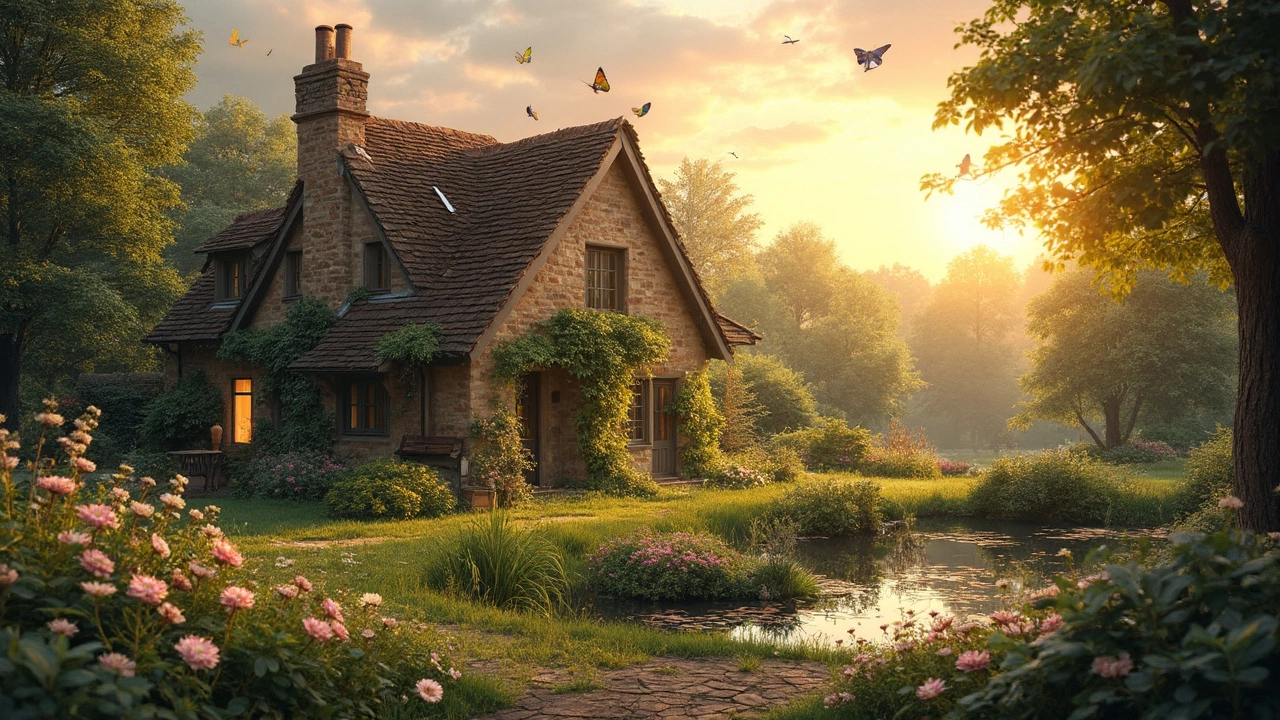
Eco-Friendly Home: Simple Guides, Costs, and Green Tips
Thinking about making your house greener? You’re not alone. More people want a home that saves money, uses less energy, and hurts the planet less. This page pulls together the best advice from our posts so you can see what an eco-friendly home really looks like, how much it might cost, and where you can save without breaking the bank.
What Makes a Home Eco-Friendly?
An eco-friendly home isn’t just about solar panels. It starts with the way the house is built and the materials used. Natural insulation like wood fibre or sheep’s wool cuts heating bills, while low‑VOC paints keep indoor air clean. Reusing reclaimed wood or recycled steel reduces waste and lowers the carbon footprint of construction.
Energy‑efficient windows, proper sealing, and a smart thermostat are quick wins that pay off fast. Even small changes—switching to LED bulbs, installing low‑flow faucets, or adding a rain barrel—add up over time. The goal is to use less energy and water while keeping the house comfortable.
Real Costs, Savings, and Common Pitfalls
Many think green homes are pricey, but the reality is mixed. Building a brand‑new eco house can be a bit more expensive up front, especially if you choose premium materials. Our post on "Are Eco Homes Expensive?" shows that the extra cost is often offset by lower utility bills and tax incentives.
Watch out for hidden costs like costly maintenance of high‑tech systems or materials that need specialist care. For example, some eco‑friendly roofing materials last longer but require a trained installer, which can add to the price. Understanding the long‑term savings helps you decide if the upfront spend is worth it.
Another pitfall is assuming every green product is automatically better. Our guide on "Non Eco‑Friendly Building Materials" explains how to spot hidden environmental impacts, such as PVC piping that releases toxins over time. Choose alternatives like PEX or copper when possible.
If you’re on a tight budget, consider retrofitting instead of full rebuilds. Adding insulation, sealing gaps, and upgrading to a high‑efficiency furnace can shave 20‑30% off heating costs. Our "Most Affordable Homes to Build in 2025" post provides a cost table that helps you compare tiny houses, modular homes, and traditional builds.
Don’t forget to look at the lifestyle side. Living in an eco‑friendly home often means adjusting habits—like turning off lights when you leave a room or using natural ventilation instead of air‑conditioning. Small daily actions complement the big upgrades and make the whole system work better.
We also cover niche options like yurts and glamping cottages. While a yurt can be a fun, low‑impact weekend hideaway, our "Are Yurts Eco‑Friendly?" article points out that the materials and foundation can affect true sustainability. Glamping sites often use solar power and composting toilets, but you still need to check the specifics before booking.
Finally, keep an eye on government incentives. In the UK, the Green Homes Grant and similar programs can cover part of the cost for insulation, heat pumps, or renewable energy installations. Check local listings for the latest offers and apply early—funds run out fast.
Whether you’re buying, building, or just tweaking your current house, the eco‑friendly path is full of practical steps. Use the guides on this page to pick the upgrades that fit your budget, avoid common mistakes, and enjoy a healthier home that saves you money for years to come.
